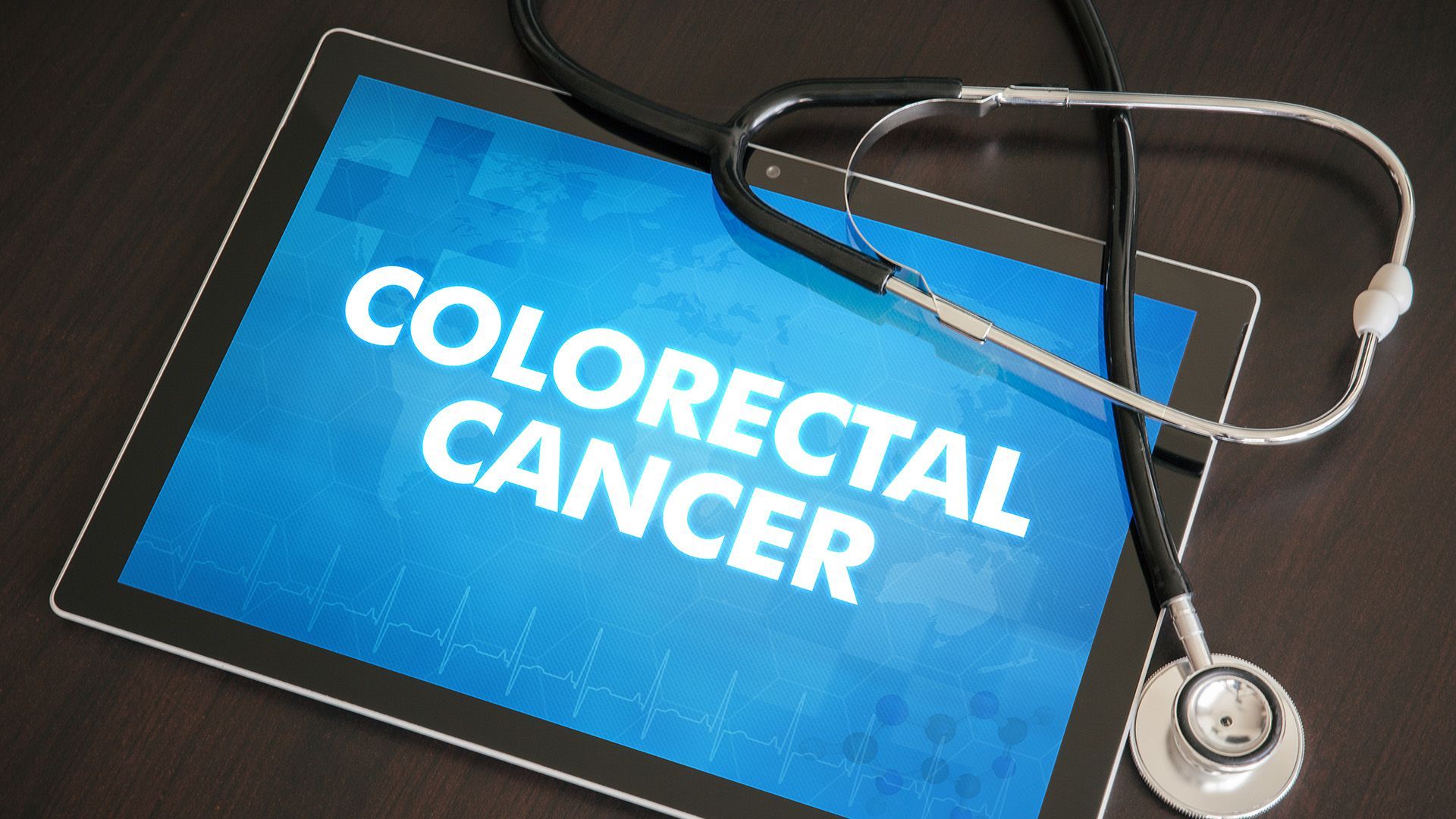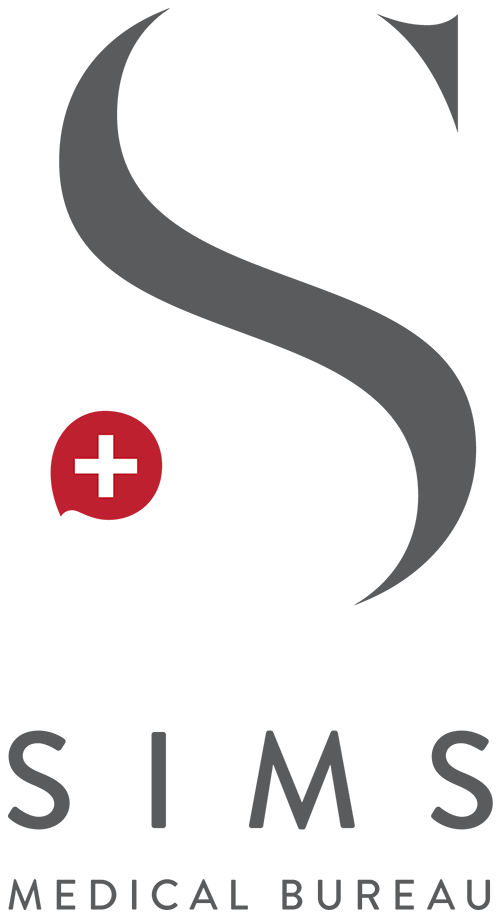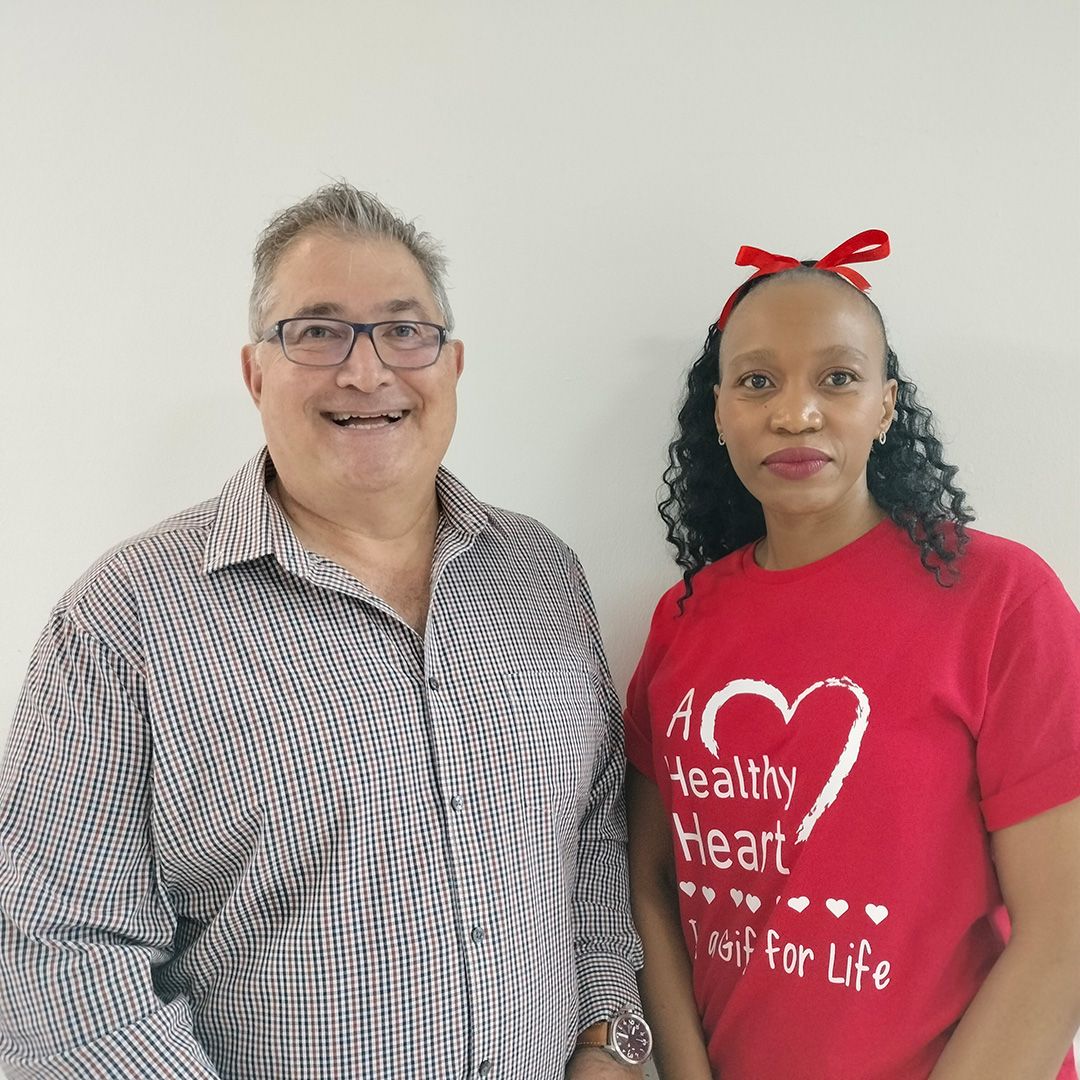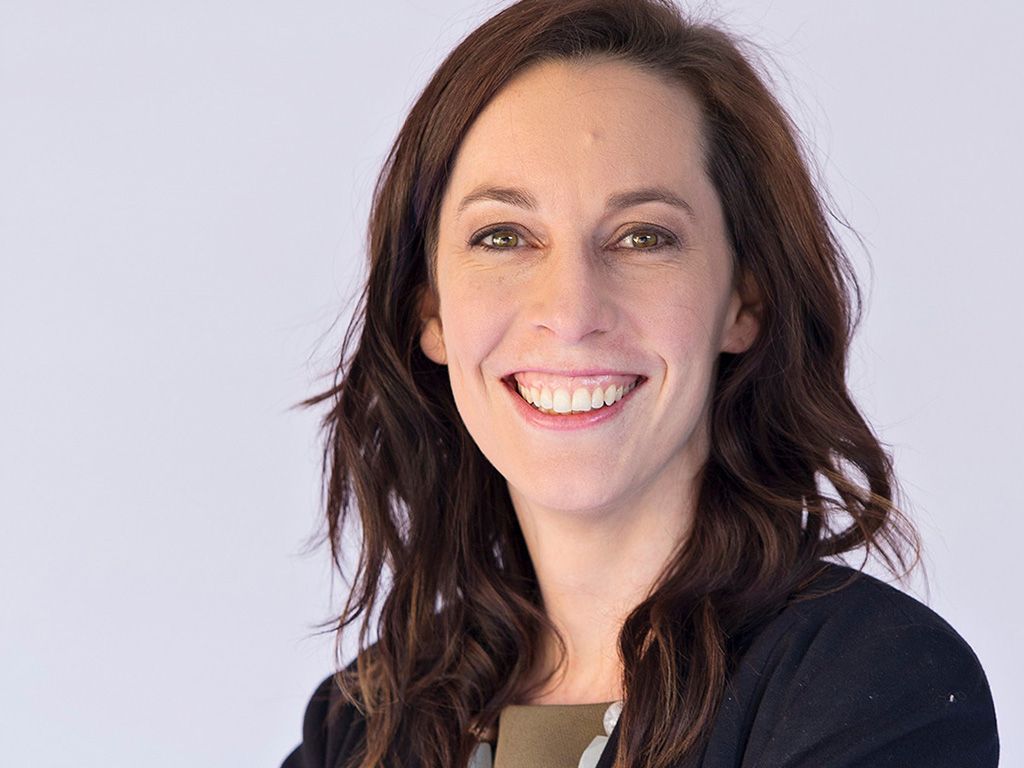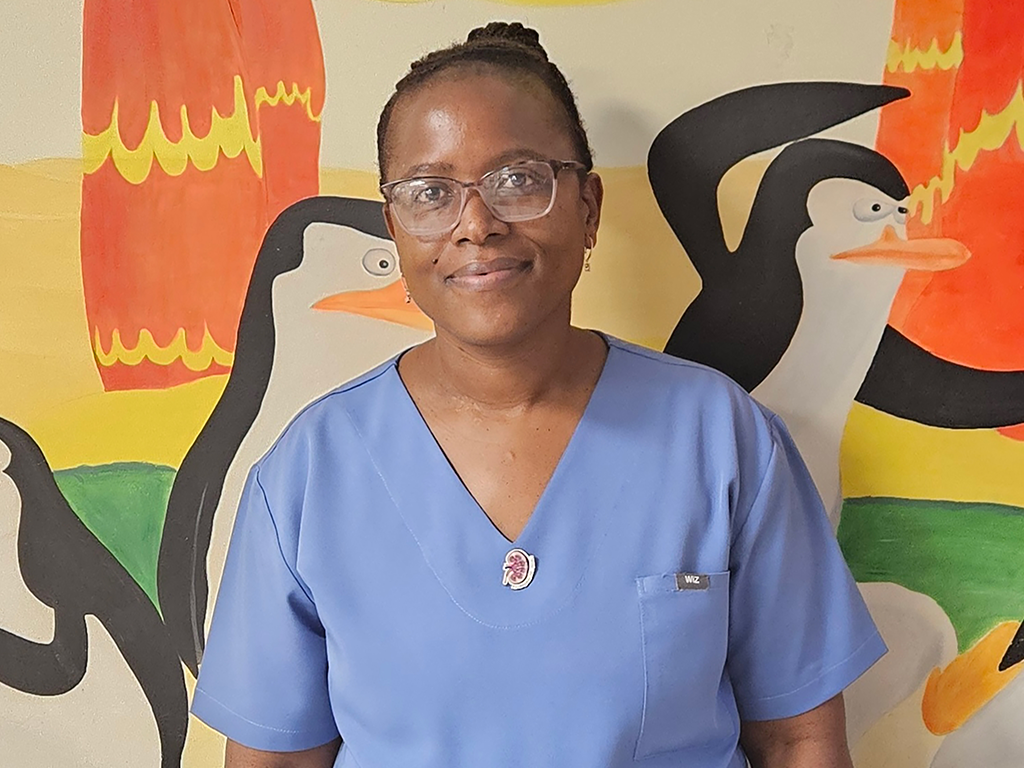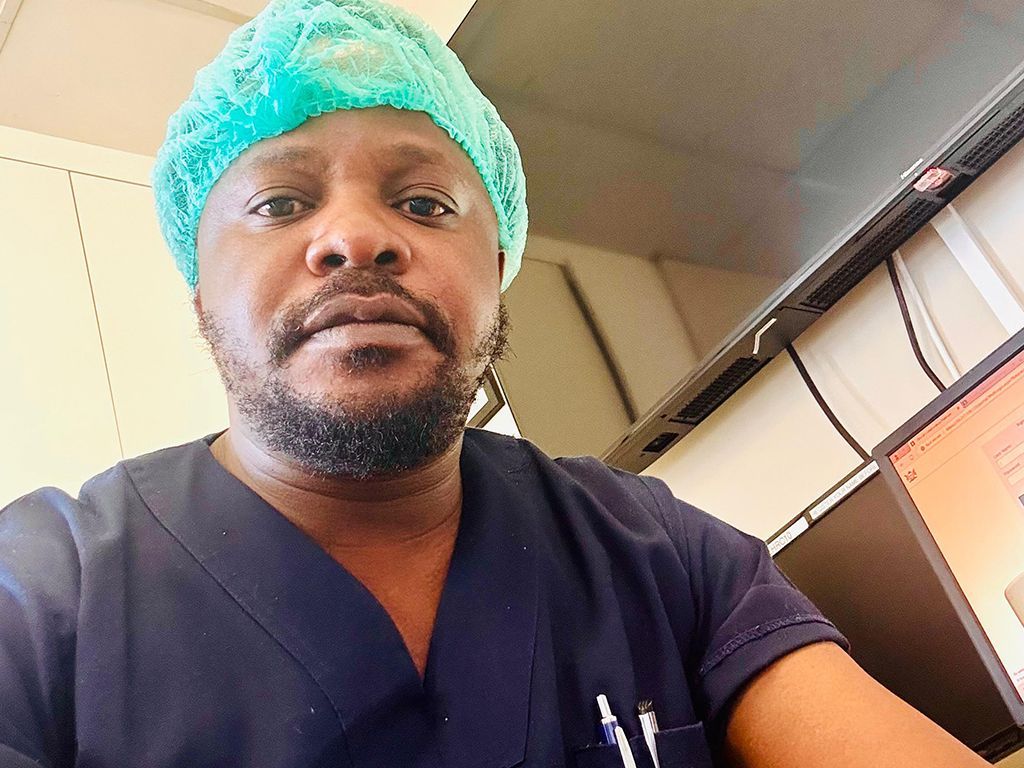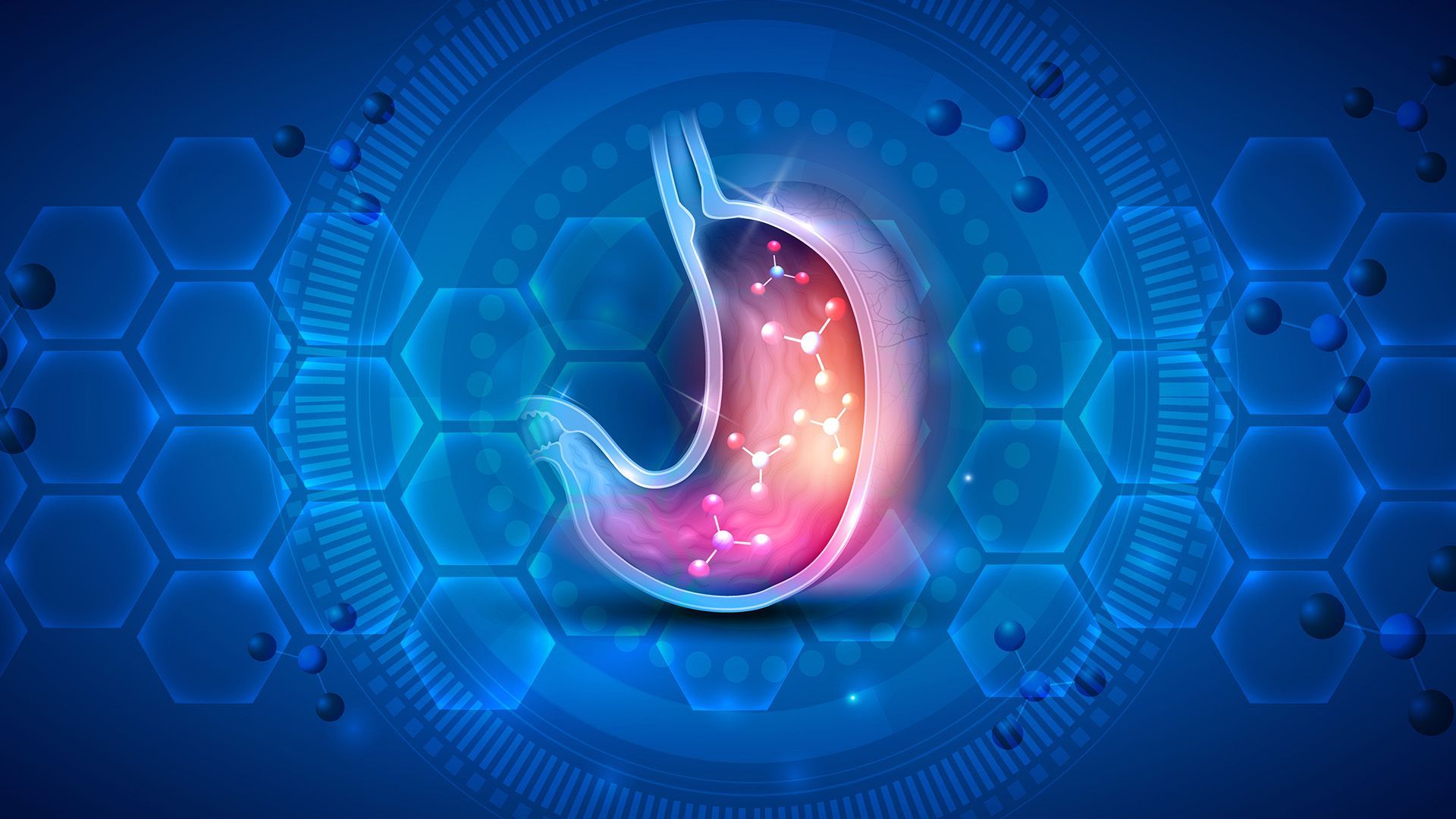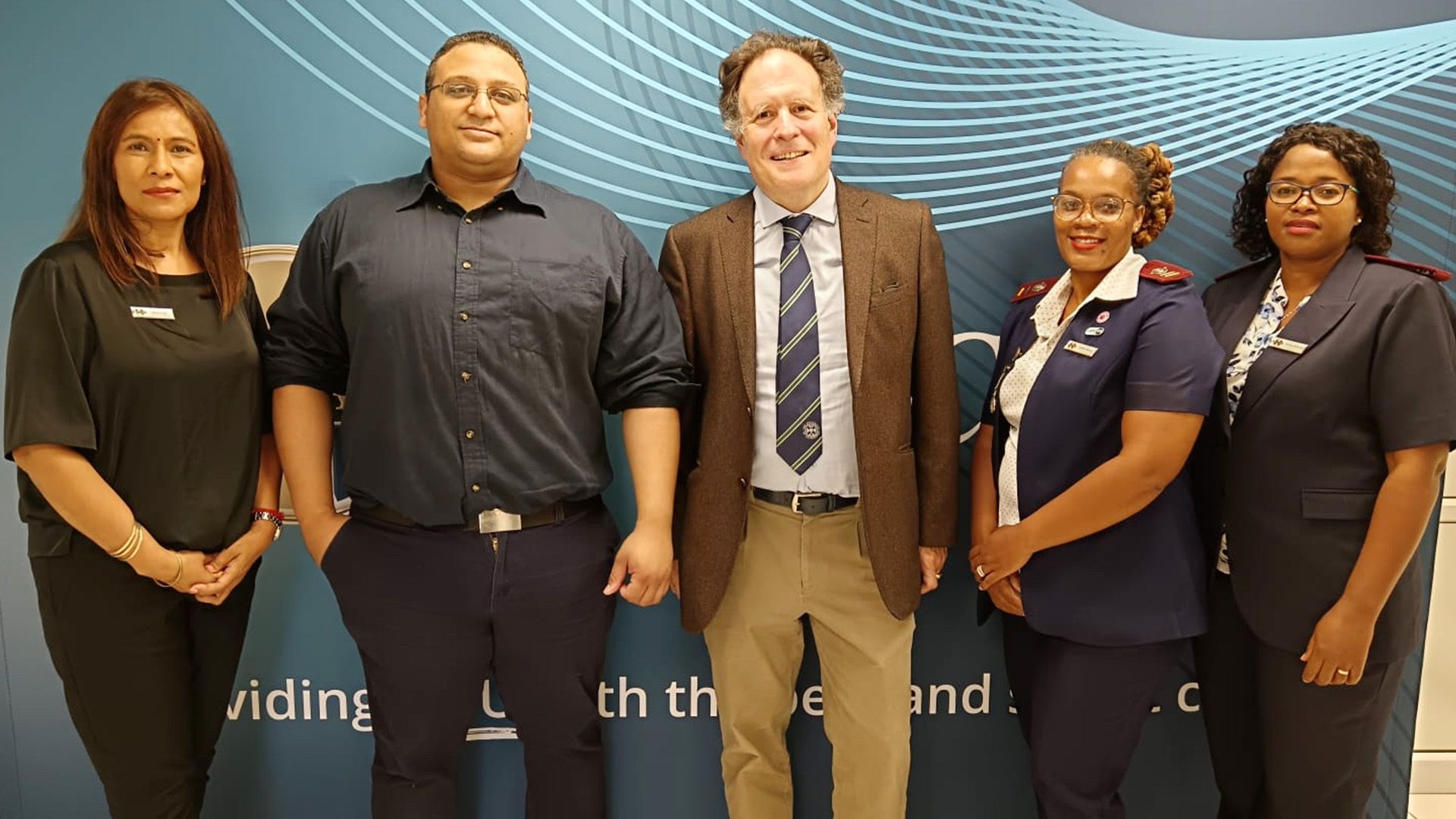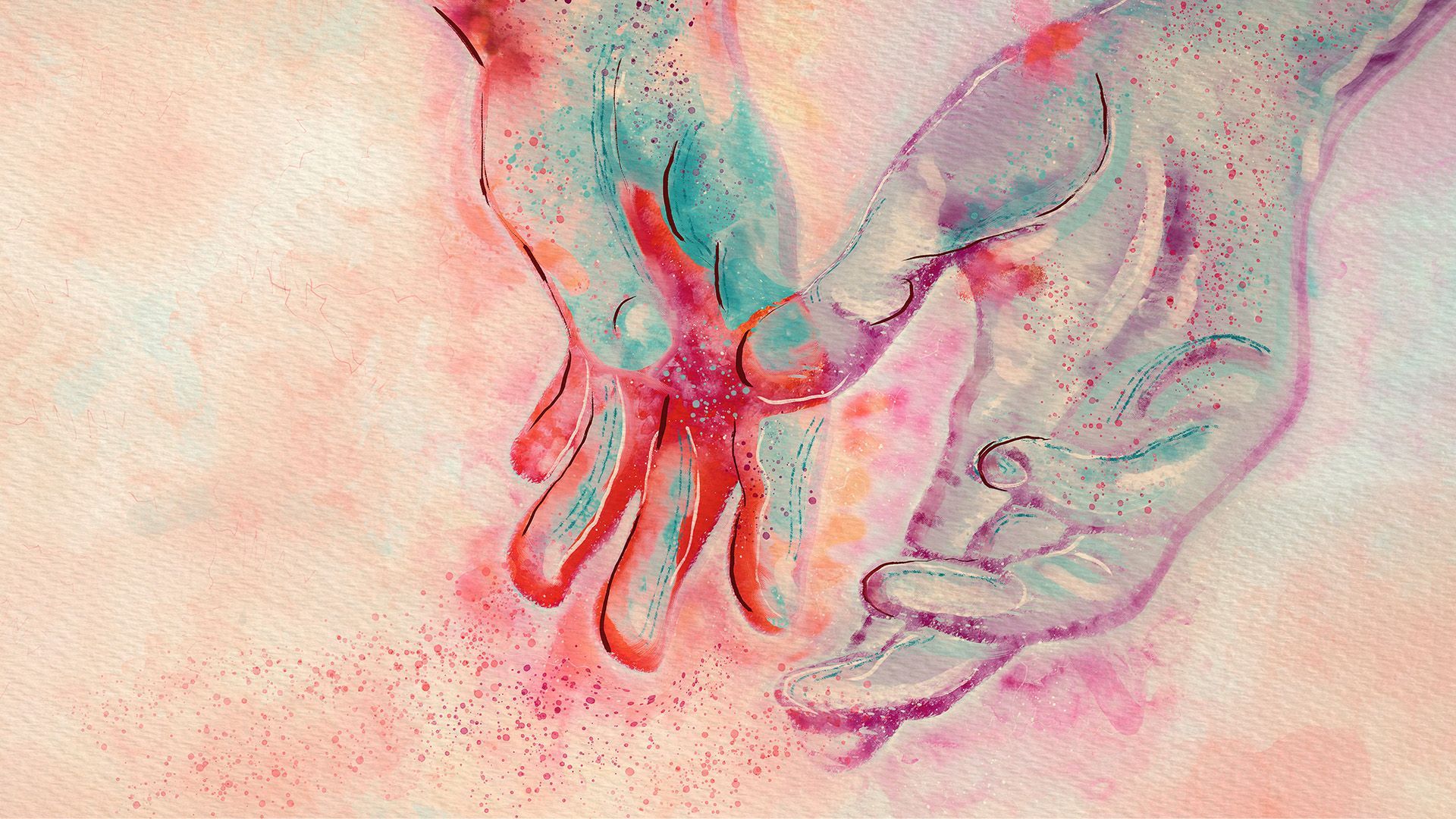Hole in the heart healed for a hope-filled future
New lease on life for teen
Dr Samkelo Jiyana, who practises at the Netcare Greenacres Hospital, says World Heart Day is not only about educating the public about adult heart disease. “Many are unaware that approximately one in a hundred children are affected by heart conditions or heart disease. Raising awareness of paediatric heart conditions can lead to earlier diagnoses and more effective treatments using modern medical techniques. With timely intervention, children diagnosed with heart conditions often have the potential to live long, healthy lives."
His patient, Kheera Mcetywa, is a bubbly 13-year-old with a quick sense of humour who enjoys drawing and writing her own songs. Although spirited and lively now, Dr Jiyana recalls that when he first met her, Kheera was a frail child. "Kheera presented with recurrent chest infections and had been unwell since infancy. She was eventually diagnosed with a congenital ventricular septal defect (VSD), a condition characterised by a hole in the wall separating the two lower chambers of the heart. While there is always hope that a VSD will close on its own, Kheera's did not, leading to recurrent chest infections. Additionally, her growth was stunted, and she was smaller than her peers. She had needed the procedure for quite some time," he adds.
Dr Jiyana explains that a VSD is typically present at birth and results from improper heart development during foetal growth.
Dr Samkelo Jiyana – Why I became a paediatric cardiologist
After training to become a medical practitioner, Dr Jiyana said he’d done a stint in charge of a paediatric ward at Mount Frere Hospital during his community service. “I found it to be very rewarding. I saw how the children were getting better and decided to further my training and become a paediatrician. I spent time at the Red Cross Hospital in Cape Town, and when I returned to East London, cardiology came about because there were only two paediatricians who could do heart scans and take care of children with heart conditions. I wanted to be one of the people who could do this. I wanted to do this so I could help heal children with congenital and acquired heart disease.” He also provides a range of holistic paediatric cardiology services.
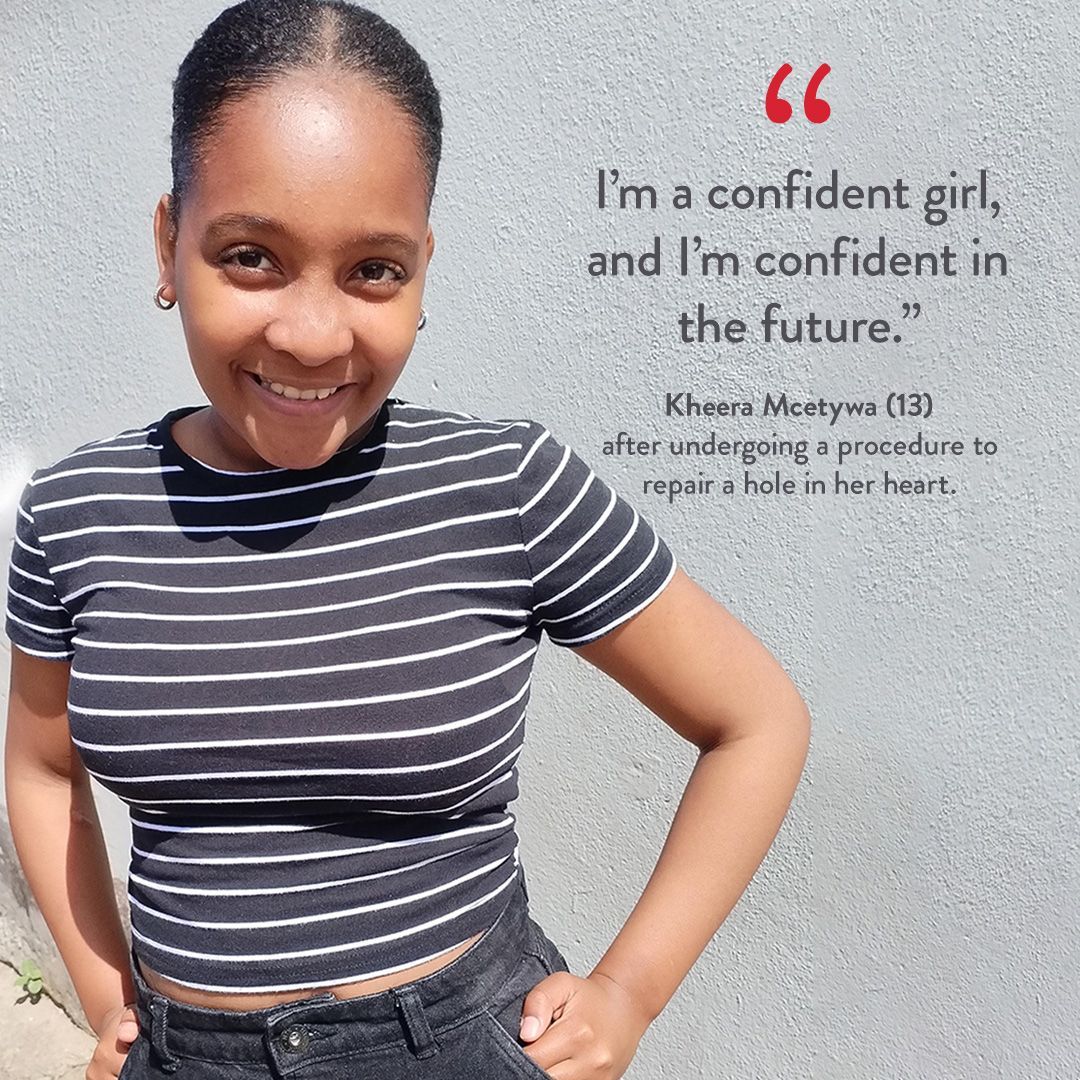
Kheera Mcetywa (13) is full of confidence for a bright future ahead of her after a successful procedure to repair a heart defect by paediatric cardiologist Dr Samkelo Jiyana at Netcare Greenacres Hospital in Gqeberha. Kheera has decided she wants to be a paediatric heart surgeon, so she can help children like herself one day.
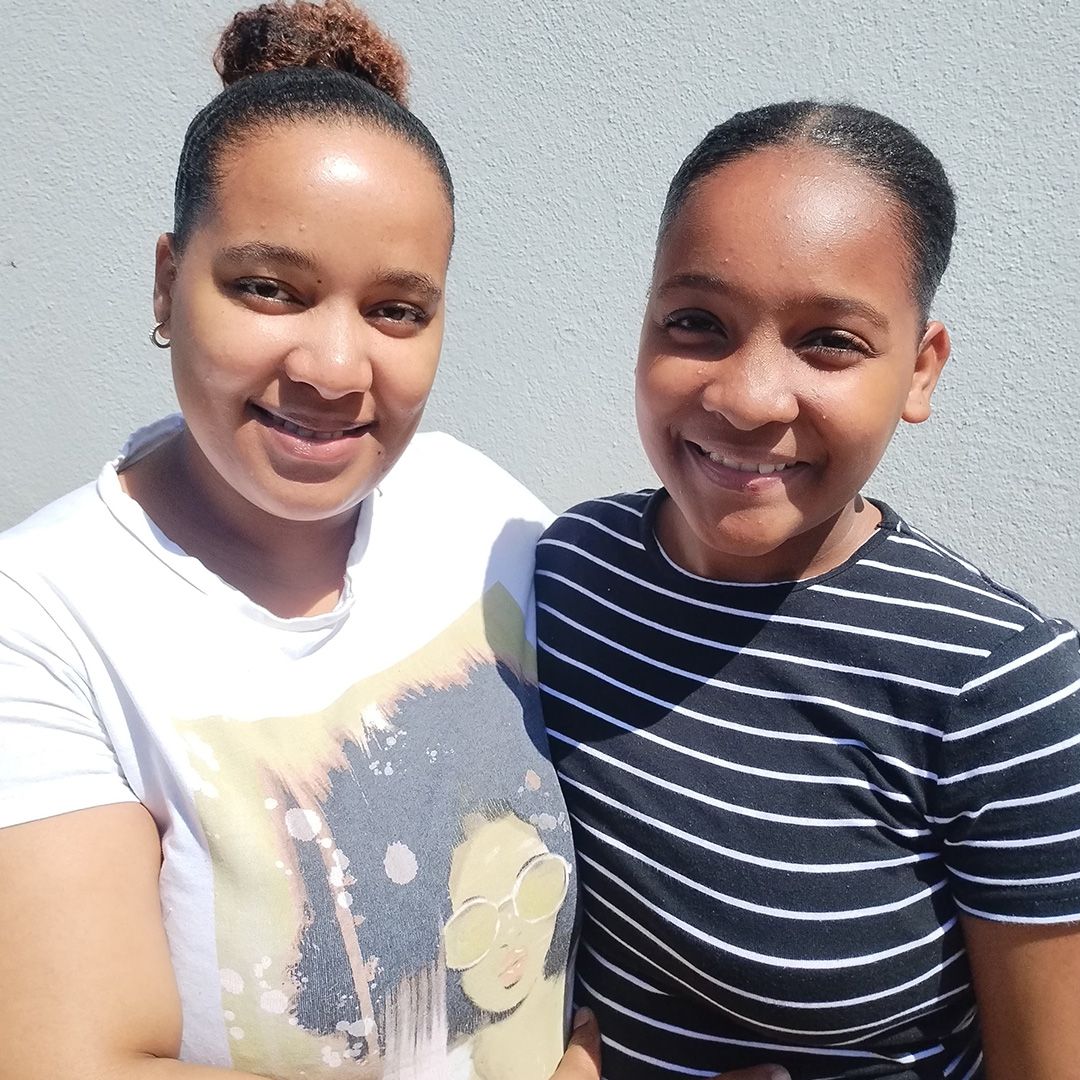
Mrs Micaela Mcetwya and her daughter Kheera (13 years old) say they are grateful for the caring treatment Kheera received to treat a heart condition at the Netcare Greenacres Hospital.
Benefits of non-invasive techniques
Kheera’s family was initially shocked and afraid when they were told she needed treatment to close the hole in her heart. “But when I explained that we would repair the defect using a minimally invasive procedure through a small hole in her groin, they were more comfortable. It’s so much safer than open heart surgery. The patient can generally go home the next day, whereas with open heart surgery, patients remain in hospital for two weeks.”
Dr Jiyana cautions that the procedure is not without risks. “There’s still anxiety because complications can occur. There’s also the sense that you’re working on a child, and this can present its own challenges. Each child has their own anatomy, and the procedure is not something you do every day.”
Dr Jiyana explains that when a VSD is closed percutaneously (through the skin) in a cath lab, the heart is accessed through the skin, typically via a small incision in the groin area where a catheter (a thin, flexible tube) is inserted into a blood vessel. “We insert a device to close the hole, with the pressure inside the heart keeping the device in place. In time, a membrane will develop over the device, which helps keep the hole closed. It wasn’t the simplest procedure, and it took about four hours. But, there’s no need for a large chest incision or stopping the heart, leading to a shorter recovery time and less pain. Kheera was able to go home the very next day. There’s also a lower risk of complications than with open-heart surgery.”
Postoperatively, checks are done to ensure there’s no fluid around the heart, the device hasn’t dislodged, and there are no leaks around the device. “We also check that the valves we went through are not torn. Fortunately for Kheera, we didn’t have any of that. Once I was happy, I let her go home on aspirin to promote healing. She’ll still have regular check-ups, decreasing in regularity as she progresses.
“Now that she’s better, I’m seeing the real Kheera,” he smiles. “Initially, she was very reserved and shy, but now she is lively. She’s thriving.”
Worrying time for mom
Micaela Mcetywa, Kheera’s mother, describes her daughter as a brave, intelligent child. “She’s not scared to take chances. She constantly seeks to improve herself and improve her knowledge.”
She says initially, they didn’t know there was a problem with Kheera’s heart, but they’d noticed she’d been a sickly child from birth. “She had no appetite and was always getting a cold. At two years old, she contracted TB. When she was four, she was sick with tonsillitis. The doctor we took her to then detected that her heart was making an unusual sound, so he referred her for tests, which revealed she had a VSD. I was overwhelmed by the news and thought it meant I was going to lose my child. We all know that a heart condition is a very serious thing. All I could think about was that my child was going to die.”
After a long journey through different hospitals and doctors and bouts of serious illness, including bacterial meningitis, which impacted Kheera’s heart, another disaster struck – COVID-19. Mrs Mcetywa says that because of her heart condition, Kheera had to be completely isolated and was not allowed to go outside at all. “We were so cautious. We were always anxious that she’d become ill.”
Last year, Dr Jiyana suggested that Kheera undergo treatment for the hole in her heart. “But, we felt she was doing fine. We didn’t want any complications. However, they explained that Kheera could suffer from pulmonary hypertension when she grows up if the VSD was left untreated. That’s when we decided to go ahead. They also explained that the procedure didn’t involve open heart surgery. We realised that if we didn’t allow her to have the procedure, it could cut her life expectancy in the long run. That’s when we decided to step up our faith and get through this.”
Mrs Mcetywa says Kheera remained “very cool and calm” throughout her experience in the hospital. “We didn’t give her a chance to panic. There was a time when she was withdrawn from us. Her grandmother said this may be due to her upcoming surgery, so I talked to her, and she told me she realised there was no other option; she knew it had to be done, and she was optimistic.”
When Kheera went for the procedure, her mother had just begun a new job, working out of town. “My sister was with her. I was at work but worrying all the time. It was very hard. I video-called her and told her, ‘Make sure you pray before you go in for the procedure and make sure you believe in your prayers’. I also kept my faith.
“I really want to thank the staff at Netcare Greenacres Hospital. They were so friendly, helpful and accommodating. Dr Jiyana is so professional and approachable. He individualises his clients.”
Kheera has a good support system at home. Her loving grandmother, Mary-Ann Mcetywa, who is part of her extended family, cares for her and guides her to health and healing.
Healing and hope for the future
For Kheera, while recovering from the procedure is frustrating, it also holds the promise of a more active lifestyle when she’s fully healed. “I feel suffocated because I can’t do the normal things I used to do. I have to sit at school and watch my friends running around. Dr Jiyana says I need to take it easy for the next six months until I am well. That will be next year in February. In the meantime, I write my own songs and sing.” Asked if she aspires to be on stage one day, she’s quick to say, “No way. You’ll see me in the hospital. I’m going to become a paediatric cardiologist. I’m studying hard, and I’m totally up for it.”
She describes Dr Jiyana as “very nice and patient”. “I like his colourful clothes, just like him – very bright. And I love his smile.”
Reflecting on their difficult journey, Mrs Mcetywa says Kheera’s granny has been a pillar of strength throughout. “We were always afraid in our hearts, but our prayers have been answered. Kheera is very brave. Now she wants to help children with the same condition as her.”
Kheera sums up her thoughts about getting better. “I’m a confident girl, and I’m confident in the future,” she says with a grin.
Child heart health
Dr Jiyana explains that some babies can be born with a blue skin tone due to specific health issues. These issues could be related to the heart, lungs, or blood circulation. Identifying the cause is crucial so doctors can provide the proper treatment to help the baby recover and stay healthy. “People tend not to pick up on this, and sometimes it’s difficult for us to intervene. There is much work to be done to raise awareness so people don’t despair. Putting your head in the sand is often more comfortable than seeking help. Sometimes, when the diagnosis is made, the parents don’t come back because the child needs an operation. If they hear the words ‘heart operation’, they think their child is going to die. But children can survive and have a much better quality of life. Kheera’s story is a testament to this. She got the help she needed and is now thriving compared to the child who was often sick before.”
About VSD
VSD is often diagnosed through a physical examination, where a doctor might hear a heart murmur and is confirmed with imaging tests such as an echocardiogram, chest X-ray, or cardiac MRI. Dr Jiyana says when a child has a VSD, the hole in the wall of the heart allows oxygen-rich blood from the left ventricle to mix with oxygen-poor blood in the right ventricle. “This can lead to increased blood flow to the lungs and overworking of the heart.”
Symptoms can vary depending on the size of the defect. “Small VSDs may close on their own and require no treatment. Larger defects may need medication to manage symptoms or surgical intervention to close the hole.
The prognosis for individuals with VSDs varies. Many people with small VSDs live healthy lives without complications, and surgical repair of larger VSDs has a high success rate,” adds Dr Jiyana.
